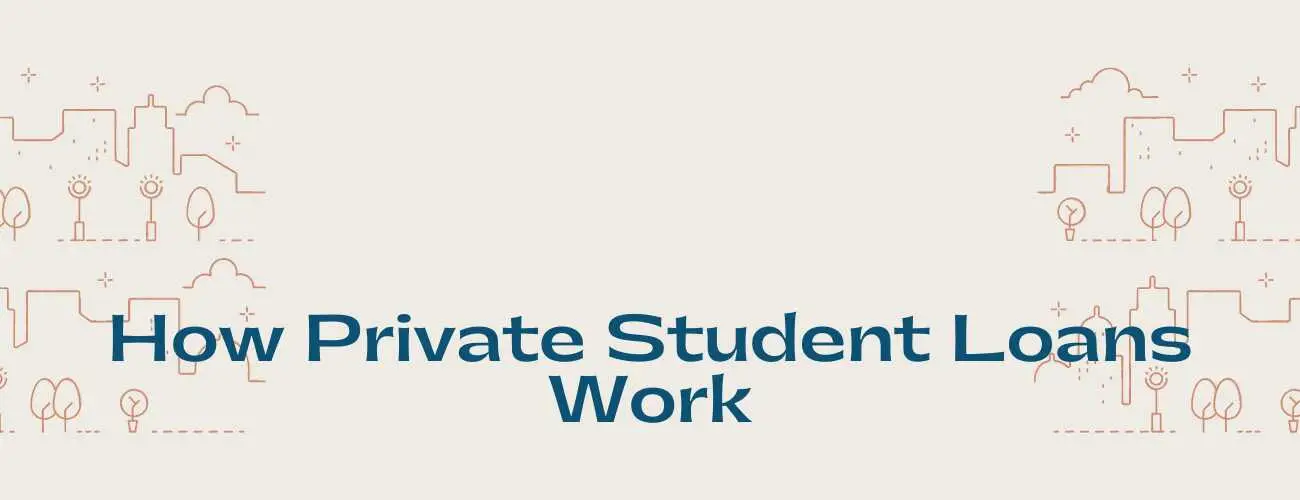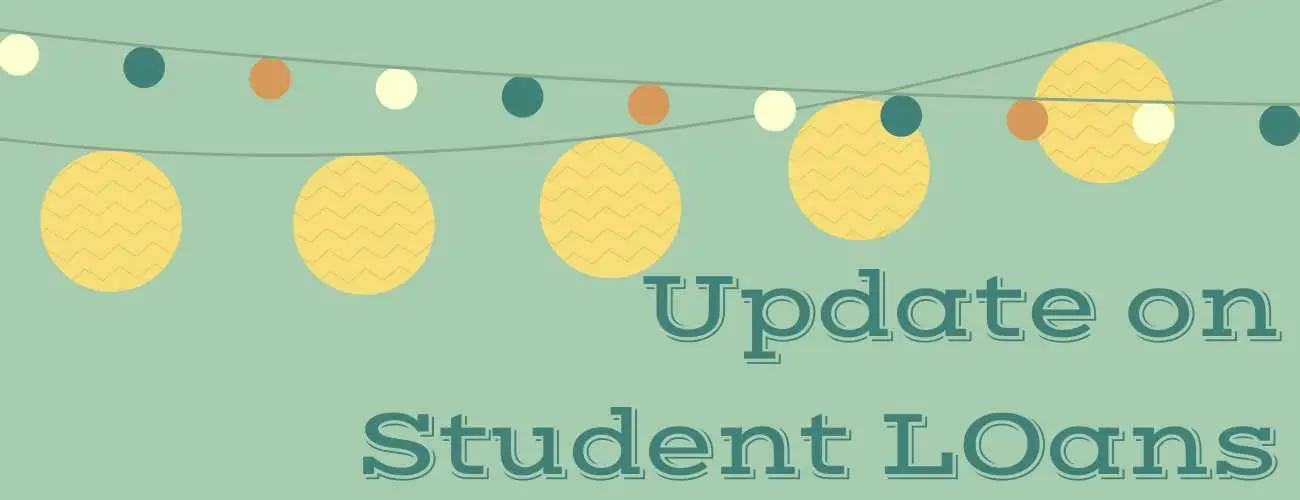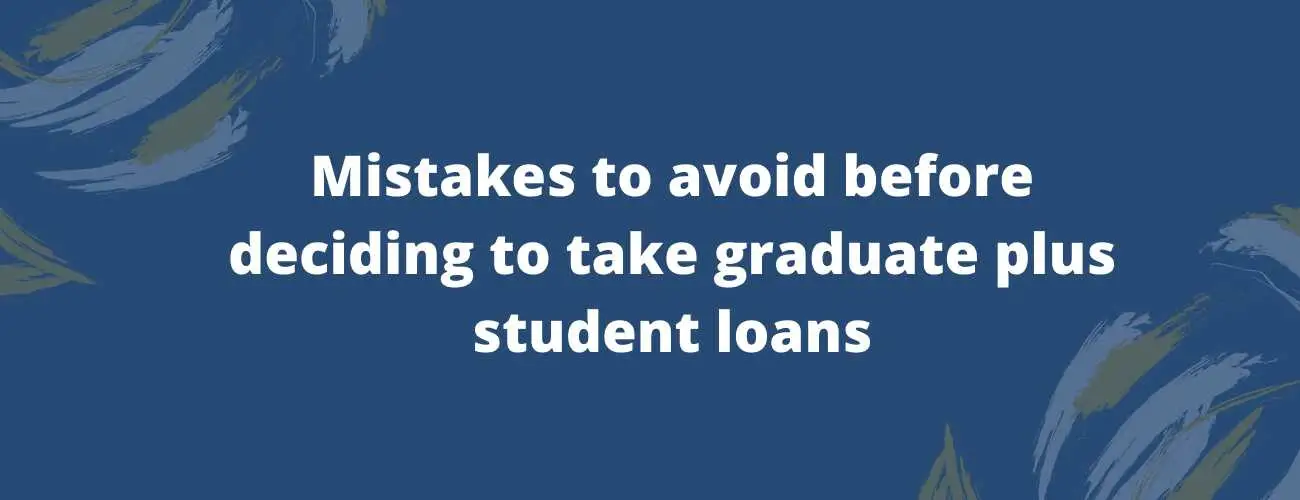Student Loan- Your Guide to Avoid Parent Trap
This article describes about the student loan which is a trap to parent, how they can plan accordingly to manage their debt borrowed for their children's education assistance. This article also focuses on how the parents repay debts and how they can reduce the college expenses.
Updated by Rakshitha N on 25th February 2020
Parents worry about sending their children to college due to the rapidly increasing rates of the college programs. The average aid for a public university could range up to $20,000 and for a private university it is $40,000. The high-end university cost up to $60,000. This may increase much in the coming years.Parents have to plan well according to their financial condition to help their children to pursue through their career. This article focuses on the best ways to plan for tuition and how to reduce the overall cost.
Nowadays there is a mismatch between the family income to the tuition, this causes an imbalance in the family making the parents worry. The average student loan borrowed for a four year program is up to $27,000, if the student aims at studying higher it is increased to $50,000. The student but be well qualified to get a good employment in his field of study and have to be marketable to repay the loan.
If the student is struggling to attain stability, the parents who are the cosigner while borrowing the loan will be incharge of the loan repayment.
Table of content
What is a Parent Plus Student Loan?
Parent Plus student loan is a loan borrowed by parents for the education purpose of their undergraduate student. This federal loan has a flexible repayment plan and a fixed interest that can be paid soon. This loan is mainly lent on the credit history of the parents and other requirements.
This loan is recommended to be borrowed when the student has exhausted his Direct federal aid and needs more financial assistance.
How do parents pay debts?
Here are some way how parent pay student loans for education assistance,
Parents Over Borrow money from the lender:
We know that the student loan debt in the U.S is a total of up to $1 trillion. Federal and private student loans are easily available with a cosigner. The Parent PLUS Federal Student Loan is available for aid students, the full amount is disbursed at a time and this makes the parent borrow more than their requirement, as the only eligibility criteria is to have a good credit history. Hence they make payments to stay current on their loan.
Federal student loan and private student loan be borrowed for better repayment plans, lower interest and to pay sooner.
Qualifying for addition debts:
A number of loans can be granted to the family as long as their make proper monthly payments
regardless of the loan borrowed before. This is bad for the parents as well as the student as 20 percent of the Parent PLUS loan which they borrowed is qualified as a Pell Grant which need not be repaid. This is designed especially for families with lower income who cannot afford for their children's education without borrowing a loan.
Parents use their saving to repay loan:
When the student who graduated cannot afford the monthly payments, parents who are retired use their savings to stay current on the debts. The amount taken before retiring can cast additional taxes, but if the amount taken after retiring is a compensation for the medical and food facilities of the parents. However, the Parent PLUS loans can be refinanced but with a good credit record of repayment. Cosigners (parents) can be exempted during the refinancing of the loan so the student can repay it independently.
Student Loan Bankruptcy:
Bankruptcy is a condition when the student cannot repay the debts to the lender, they seek relief. Federal and Private loans are excluded from being relieved. And other current debts can be relieved under the court. The bankruptcy can be imposed by the court and then only the borrower is declared bankrupt.
Learn more about Student Loan Bankruptcy and how the loan is discharged under bankruptcy.
Consolidation of Student Loans:
Parents can also consider Consolidation of Student loan as an other option, this enables them to get a their Federal Student Loan at a lower interest rate with other benefits such as forgiveness, flexible repayment plan and other benefits. Whereas a private loan lender would be unwilling to give their benefits, hence choose federal aid over a private loan. The federal student loan can also be forgiven in some conditions such as a permanent disability.
Know more about Consolidation of Student Loans, how they work and how to settle at a better rate.
Using their life insurance:
Life insurance is to help prevent parents from working to pay the loans, this also helps eliminate the student debt on the death of their child.
Worried about student loans? Find the best student loans for you
Plan to Reduce College Expenses
There are various unexpected expenses that arise in front of parents during the education of their children. Parents must be well versed to tackle those expenses. Here are some ways parents can reduce those expenses.
529 Plan:
Parents can opt for a 529 plan which is a tax-advantaged saving plan which assists in saving for the education expenses. These plans are sponsored by state agencies or an educational institution. As long as the student qualifies for higher education, the money is invested on the education expenses. There are two type:
-
Prepaid tuition plans - It lets the account holder to buy credits on participation for education at college for future tutions.
-
Education saving plans- It lets the account holder open an investment account for investing in as you qualify for future education.
Uniform Transfer to Minors Act account (UTMA) or Uniform Gift to Minors Act (UGMA) account:
-
UTMA is a legal provision that authorizes a custodian to hold assets on behalf of the minor until the minor turns 21years. It has a more diverse investment option over a 529 plan which offers stocks, bonds, funds insurance policies, fine arts, etc. It doesn't have a contribution limit.
-
UGMA is an account that allows an individual to transfer assets to minors and the shifts of money to the minor is at the age of 18 years. The gift tax limits are applied and includes the tax, income gain,etc
Under this,this income is noted as the student’s income while students file FAFSA for a federal aid for education.
The funds under the UTMA and UGMA can be used to qualify for higher education without penalty.
Conclusion
These are some of the alternative methods a parent can consider to repay the loan they borrowed, they must plan in such a way that it can be helpful when the repayment of the loan seems difficult so that they can eliminate the additional expenses. They can consider the various Student Loan Repayment options available to help clear their debts. It is wise to plan before borrowing the loan than to regret it when you cannot repay it.



93.jpg)


28.jpg)
